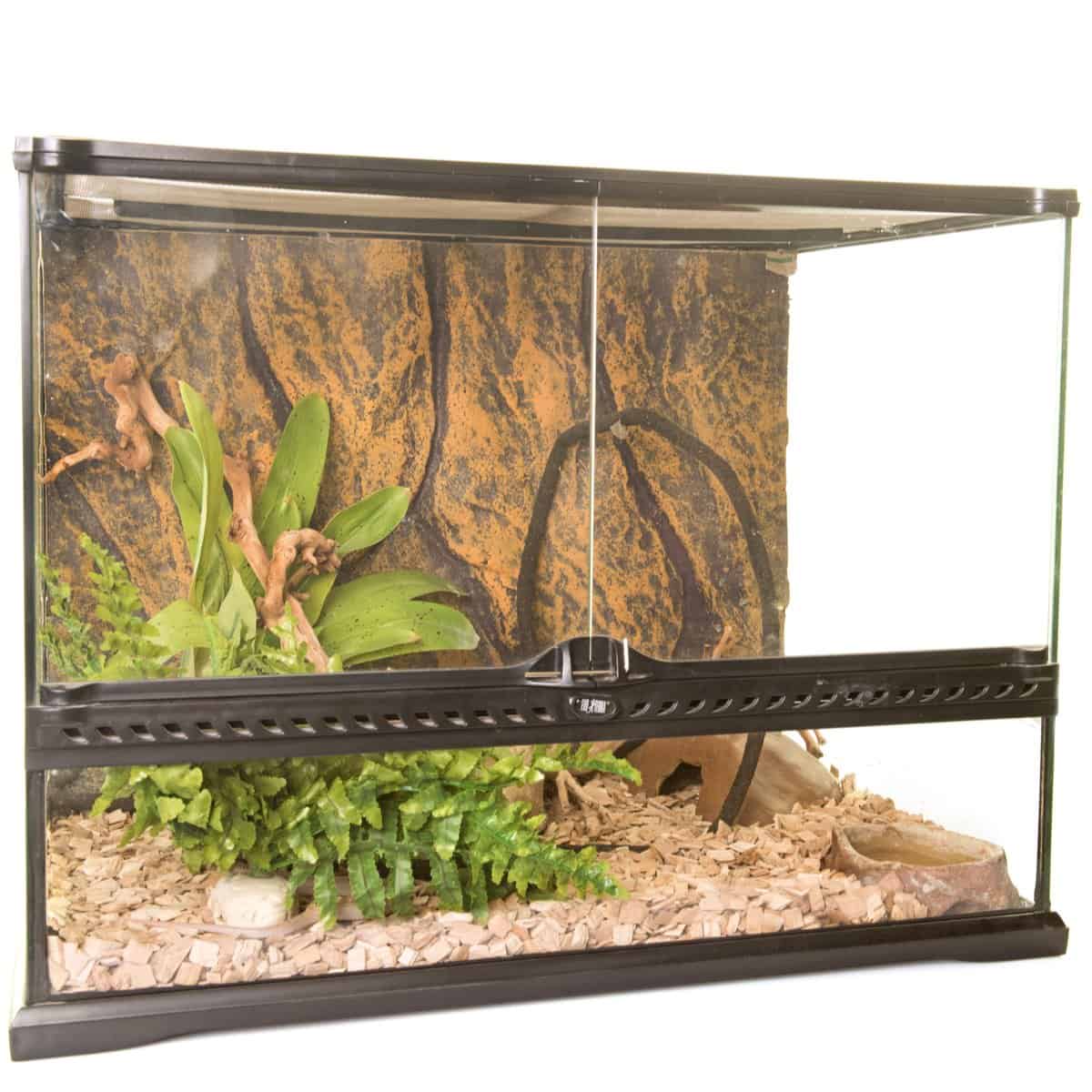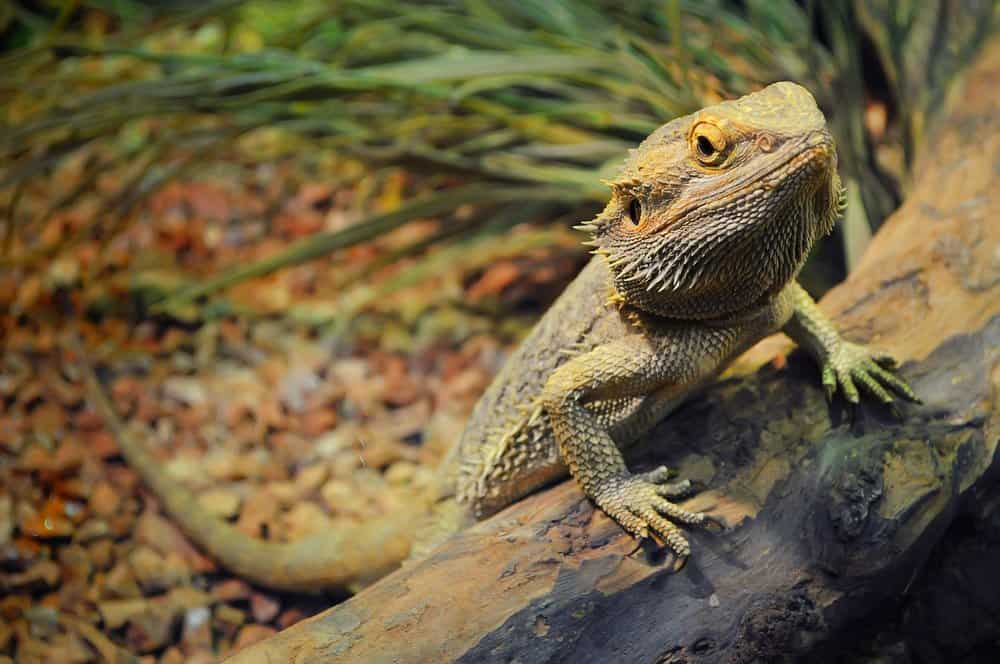All You Need to Know About Bearded Dragon Care
Bearded dragons have exploded in popularity in the last few years. While many think of reptiles as exotic pets, they’re surprisingly easy to care for. Bearded dragons also have an intelligent, inquisitive, and friendly nature. This combination has earned them a spot in many households, as well as ensuring their continued popularity. This handy guide answers common care questions regarding heat requirements and solutions for your pet.
Bearded Dragon Care: The Basics
Bearded dragons, scientific name Pogona Vitticeps, have a natural geographic range in Central and Eastern Australia. This region has a varied climate, from arid deserts, scrublands, and dry forests. Due to this, Bearded dragons require little humidity and ample heat, and with their semi-arboreal nature, enjoy perches and hiding spots within their enclosure for full comfort.
Too much humidity can be harmful to your bearded dragon, so knowing the ideal humidity ranges and how to maintain them is crucial. During the day, provide two heat ranges for your pet. Bearded dragons need a cooler region and a warmer, basking region in their tanks. Ideal temperatures range from 80 degrees Fahrenheit on one side of the tank, with basking area temperatures at a maximum of 110 degrees Fahrenheit.
Build a basking spot directly under the heat source. The placement allows for heat disbursement to naturally reduce the ambient temperature on the opposite side of the tank to lower degrees, providing the bearded dragon with a cooler spot for their hides and resting or eating areas. Plants, whether artificial or natural, can create cooler areas.

A tank for a bearded dragon should provide shade for cooler temperatures and a warm area for basking.
©cynoclub/Shutterstock.com
Nighttime Heat and Ambient Temperature
If the ambient temperature around the established habitat supports the maintenance of a minimum of 80 degrees Fahrenheit within the tank, there’s no need for an additional heat source at night. However, many reptile owners struggle with this, as the typical home temperature is lower than the ambient temperature requirements for a bearded dragon.
Standard heat lights emit a bright, white-to-yellow light that can be distracting to both owners and bearded dragons at night. Bearded dragons are active, and the presence of artificial sunlight may prevent the dragon from properly sleeping. Popular alternate heat sources such as infrared lights, coils, and heating pads offer solutions, but which is right for you?
Infrared Lights or Heat Coils as a Nighttime Heat Source
Infrared lights are a convenient solution to maintaining ideal tank temperatures for your bearded dragon at night. While they do produce a red light, the light is less disruptive to both owners and pets. Infrared light bulbs are readily available at retail pet stores and are designed to fit mass-produced lamps. Heat coils are also readily available to pet supply stores, and also fit most lamps. Unlike infrared lights, however, they only produce heat and have no discernable light.
It’s important to note that infrared bulbs and heat coils produce a great deal of heat. The potential for both the bulb housing tank to retain this heat increases the risk of accidental burns and the risk of accidental fires. Provide infrared heat with plenty of open space free of flammable materials. Don’t place infrared lights or heat coils inside the tank, where the substrate may ignite. Bearded dragons may come into contact with the heat source and be burned. Never handle a heat source housing or the tank surrounding the heat source to avoid burns. Always turn off an infrared light or coil and allow the area to cool before moving the housing or opening the tank.

Maintaining proper temperatures in your bearded dragon’s habitat ensures your pet’s continued health.
©Shinedawn/Shutterstock.com
Heating Pads
To avoid the potential of burns, many owners also prefer to use heat pads for their bearded dragons. Heat pads are also readily available at pet supply stores and come in various sizes to accommodate different tanks. To ensure that the pad will supply enough heat for your bearded dragon, select a heating pad that is large enough to cover enough of the tank to supply sufficient heat. Heating pads do not produce as much heat as an infrared lamp or heat coil, and selecting too small of a pad may not provide enough heat for your bearded dragon.
Heat pads are manufactured with a peel-off backing, revealing a sticky side to the pad. Simply peel off the backing and place it where desired. Heat pads also carry a burn risk to bearded dragons and should always be covered.
The photo featured at the top of this post is © Steve Buchus/Shutterstock.com
Thank you for reading! Have some feedback for us? Contact the AZ Animals editorial team.







